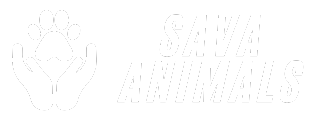You know when you look at your dog and realize their coat looks kind of dull, lifeless, maybe even with some patchy spots?
That’s exactly what happened here at home with my dog Max. He’s a beautiful, energetic labrador, but for a while, it felt like all the shine in her coat had just disappeared.
At first, I thought it was a lack of bathing or maybe the wrong shampoo… I tried at least three different ones. But nothing changed.
That’s when I heard a phrase that stuck with me: “A healthy coat starts in the food bowl.”
And honestly… I never forgot that.
Does what my dog eats really affect their coat?
Absolutely! I learned that your dog’s coat is a direct reflection of their nutrition.
If their diet lacks essential nutrients, the body will prioritize vital organs and leave the skin and fur last.
The result? Dry, rough coat, excessive shedding, and even itchiness.
With Lua, the change was obvious. When I switched her to a higher-quality kibble with more protein, omega-3 and 6, her coat improved in just a few weeks.
And I’m not exaggerating. People actually started asking if I was taking her to a groomer every week (spoiler: I wasn’t!).
The nutrients that make all the difference
After diving into this topic, I found out there are a few key nutrients that play a big role in coat health. Take a look:
- High-quality protein: Hair is made of keratin, a protein. If the diet lacks it, fur growth slows down and becomes weaker.
- Essential fatty acids (Omega-3 and 6): They keep the skin moisturized and the coat shiny. Plus, they help reduce inflammation—great for dogs with sensitive skin.
- Zinc: Important for skin health and cell regeneration. A deficiency can lead to brittle fur and even dandruff.
- Vitamins A, B, and E: Support healthy skin, promote fur growth, and prevent dryness.
How do I know if my dog’s food is good?
I’ll admit it—I used to only look at the price tag. Big mistake.
Nowadays, I read the ingredient label, check what’s listed first (I want to see real meat, not “by-products” or “meat meal”), and I make sure the food has added omega-3 and 6.
Some even include fish oil or flaxseed, which is awesome.
Oh, and of course: always talk to your vet. For Max, a super premium kibble made all the difference, and sometimes I mix in a bit of salmon oil (on vet’s orders!).
What if my dog eats well but their coat still looks bad?
That’s when it’s time to dig deeper. Sometimes the issue isn’t food—it could be allergies, parasites, stress, or even hormonal problems.
With Max, I also scheduled a vet check-up just to make sure everything was okay. Thankfully, it was!
But I’ve had friends go through this, and in the end, the problem was a food allergy or even worms.
How nutrition changed things at home
Today, Max’s coat is soft, shiny, and even smells better (even between baths!). He hardly sheds like she used to, and she seems more energetic.
And me? I’m the proud mom getting compliments on his dog everywhere we go 😄
If I could give one piece of advice to anyone dealing with a dull or shedding dog, it would be: look at their food first. The difference is real and visible.
Your dog’s nutrition is the first and most important step to achieving a beautiful, healthy, shiny coat.
There’s no point in using fancy shampoo if what’s in the food bowl isn’t helping.
So if you want to see your furry friend showing off that glossy, soft fur, start by improving what goes in their belly.
Trust me—your dog will thank you with happy tail wags and snuggles on the couch.
And what about your dog? Have you noticed any changes in their coat after switching food? I’d love to hear your story!

